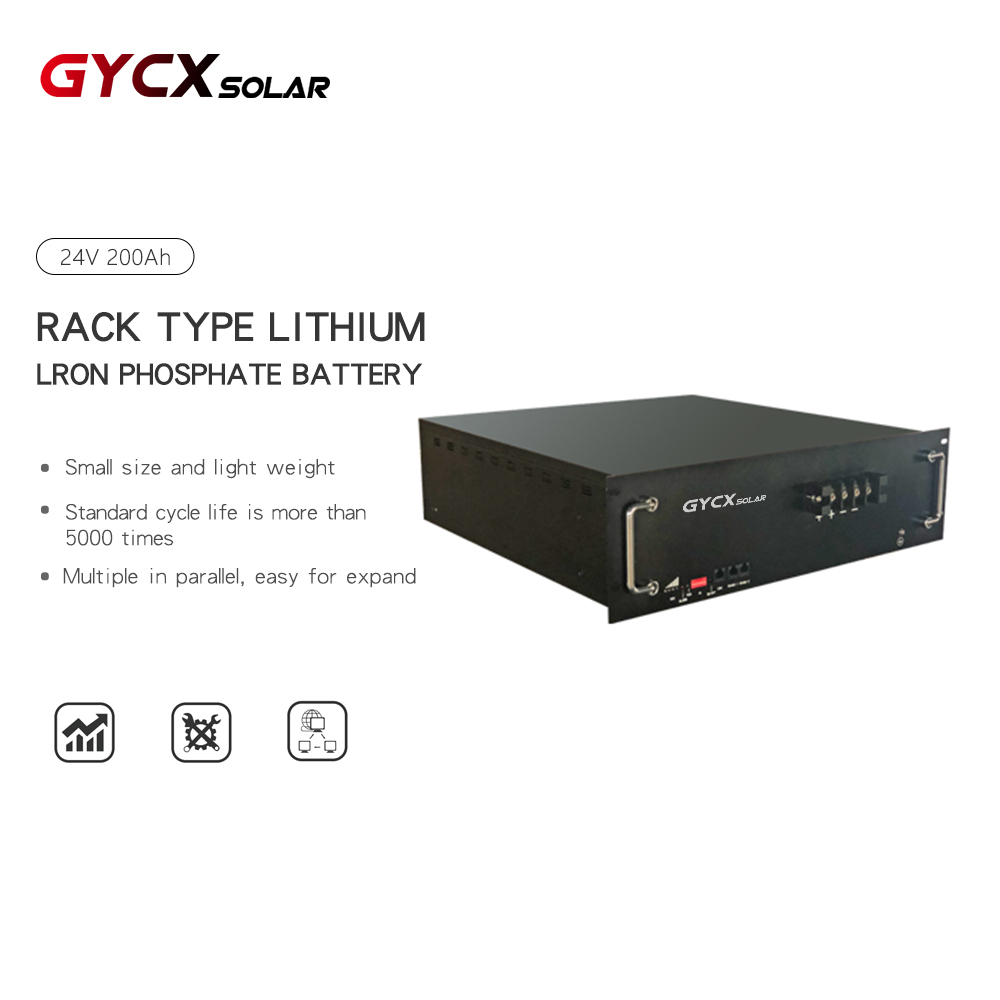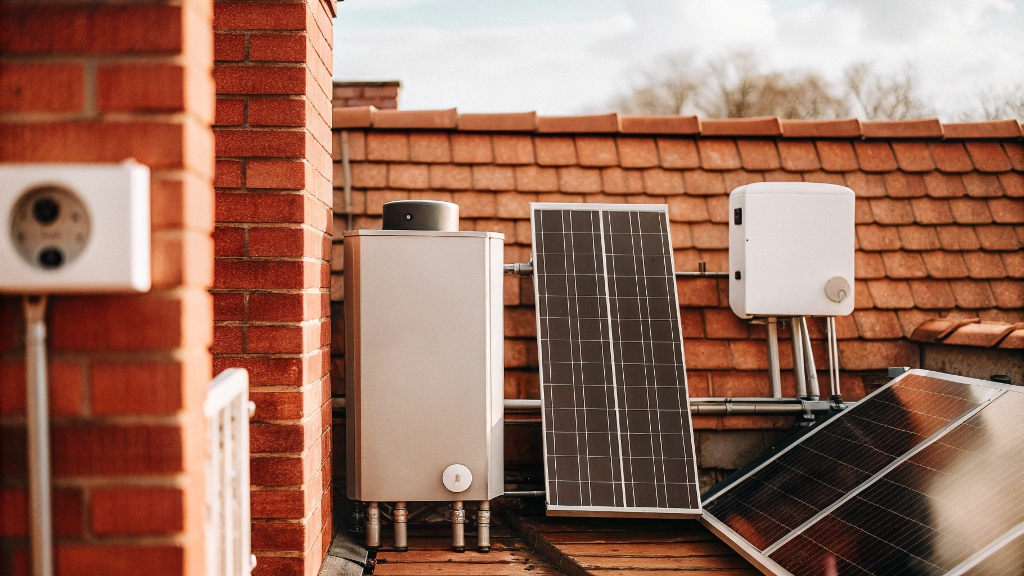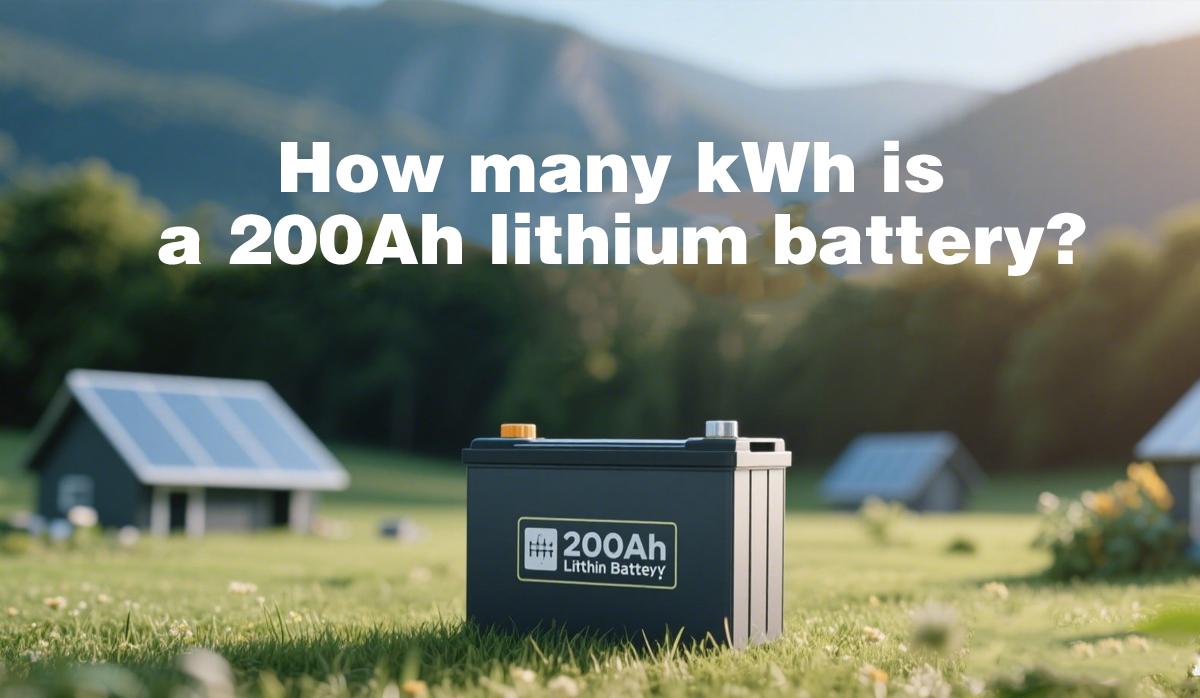كم كيلو وات ساعة هي بطارية ليثيوم 200AH? فهم البطاريات الشمسية القابلة للتكديس
1. مقدمة
عندما تصبح الطاقة الشمسية حجر الزاوية للحياة المستدامة, فهم تخزين البطارية أكثر أهمية من أي وقت مضى. أحد الأسئلة الشائعة بين عشاق الطاقة الشمسية ومصممي النظام: "كم كيلو وات ساعة هي بطارية ليثيوم 200AH?"
لن تشرح هذه المقالة تحويل ساعات أمبير فقط (آه) إلى كيلووات ساعة (كيلووات ساعة) ولكن أيضًا توفير رؤى حول كيفية تأثير هذه القيم على أداء نظامك الشمسي. فضلاً عن ذلك, سنناقش فوائد استخدام بطاريات شمسية قابلة للتكديس لتخزين الطاقة متعددة الاستخدامات وقابل للتطوير.
بالاعتماد على الأبحاث من خبراء الصناعة والتطبيقات العملية, تم تصميم هذا الدليل الشامل لمساعدتك على تقييم احتياجات تخزين الطاقة واتخاذ قرارات مستنيرة عند تصميم نظام الطاقة الشمسية الخاصة بك.
2. فهم سعة البطارية: أمبير ساعات و Kilowatt ساعة
عادة ما يتم التعبير عن سعة البطارية بطريقتين:
- أمبير ساعات (آه): يشير إلى مقدار شحن البطارية التي يمكن أن توفرها البطارية بمرور الوقت.
- كيلووات ساعة (كيلووات ساعة): يمثل إجمالي الطاقة المخزنة. إنه نتاج الجهد (في فولت) والقدرة الحالية (في ساعات أمبير), مقسوما 1,000.
صيغة التحويل الأساسية
الصيغة القياسية للتحويل من AH إلى KWH هي:
[\نص{كيلووات ساعة} = frac{\نص{الجهد االكهربى (الخامس)} \مرات النص{أمبير ساعات (آه)}}{1000}
]
على سبيل المثال, بطارية تم تصنيفها على 48 فولت و 200ah سعة طاقة نظرية لـ:
[\فراك{48 \مرات 200}{1000} = 9.6 \نص{ كيلووات ساعة}
]
وهذا يعني ذلك, في الظروف المثالية, يمكن للبطارية تخزين ما يصل إلى 9.6 كيلوواط ساعة من الطاقة.
3. الحساب: تحويل 200Ah إلى KWH

عند تحديد عدد كيلووات في الساعة في بطارية ليثيوم 200AH, يلعب جهد النظام دورًا حاسمًا. دعونا نستكشف كيف تؤثر الفولتية المختلفة على قدرة الطاقة:
- في 12 فولت:
[
\فراك{12 \مرات 200}{1000} = 2.4 \نص{ كيلووات ساعة}
] - في 24 فولت:
[
\فراك{24 \مرات 200}{1000} = 4.8 \نص{ كيلووات ساعة}
] - في 48 فولت:
[
\فراك{48 \مرات 200}{1000} = 9.6 \نص{ كيلووات ساعة}
]
عادة, لتطبيقات التخزين الشمسي, يتم استخدام البطاريات في الفولتية العليا (على سبيل المثال, 48الخامس) لأنها توفر كثافة طاقة أعلى في شكل مضغوط. بطارية 48V 200AH, لذلك, يسلم تقريبا 9.6 كيلوواط ساعة من الطاقة, مما يجعلها خيارًا شائعًا لكل من الأنظمة السكنية والتجارية.
4. العوامل التي تؤثر على الطاقة القابلة للاستخدام
في حين أن KWH المحسوبة توفر قدرة طاقة نظرية, يمكن أن تؤثر العديد من عوامل العالم الحقيقي على الطاقة الفعلية القابلة للاستخدام في بطاريتك:
أ. عمق التفريغ (وزارة الدفاع)
لا ينبغي تفريغ معظم بطاريات الليثيوم تمامًا لتمديد عمرها. على سبيل المثال, إذا كان لديك بطارية مع 80% وزارة الدفاع, فقط 80% التابع 9.6 KWH قابلة للاستخدام بشكل منتظم.
طاقة قابلة للاستخدام = 9.6 كيلو واط × 0.8 = 7.68 كيلووات ساعة
ب. كفاءة البطارية
أثناء دورات الشحن والتفريغ, البطاريات التي تتكبد خسائر الطاقة. قد يكون لبطارية الليثيوم النموذجية كفاءة ذهابًا وإيابًا حولها 90%, وهذا يعني أن الطاقة الفعلية التي تحصل عليها أقل قليلاً.
ج. درجة الحرارة والظروف البيئية
حرارة قصوى, إما ساخنة أو باردة, يمكن أن يؤثر على أداء البطارية ويقلل من السعة والكفاءة. يعد التثبيت المناسب والإدارة الحرارية مفتاحًا للحفاظ على الأداء الأمثل.
د. الشيخوخة وحياة الدورة
متأخر , بعد فوات الوقت, البطاريات تفقد السعة بشكل طبيعي. الاستخدام المنتظم, حتى ضمن المعلمات الموصى بها, يقلل تدريجيًا من قدرة تخزين البطارية.
يعد فهم هذه العوامل أمرًا ضروريًا للتخطيط لنظام التخزين الشمسي الذي يلبي احتياجات طاقتك بشكل موثوق.
5. مقارنة تقنيات البطارية
لتسليط الضوء على سبب الحسابات ومسائل اختيار المنتج المناسبة, دعنا نقارن أنواعًا مختلفة من البطاريات التي يتم النظر فيها غالبًا لتخزين الطاقة الشمسية:
| نوع البطارية | الجهد النموذجي | دورة الحياة | كثافة الطاقة | طلب |
|---|---|---|---|---|
| ليثيوم أيون | 48الخامس (عادة) | 3000+ دورات | عالي | سكني & الطاقة الشمسية التجارية |
| حمض الرصاص | 12V-24V | 500-1000 دورات | أدنى | أنظمة النسخ الاحتياطي, الإعدادات خارج الشبكة |
| بطاريات التدفق | يختلف | طويل جدا | معتدل | على نطاق الشبكة, تخزين طويل الأجل |
عادة ما توفر بطاريات الليثيوم أيون كثافة طاقة أعلى وعمر دورة أطول مقارنة بخيارات الحمض الرصاص, جعلها أكثر ملاءمة للتطبيقات الشمسية الحديثة. في أثناء, التقنيات الناشئة مثل بطاريات التدفق, على الرغم من الوعد بتطبيقات واسعة النطاق, أقل شيوعًا في المنشآت السكنية.
6. لماذا تختار البطاريات الشمسية القابلة للتكديس?
مفهوم بطاريات شمسية قابلة للتكديس تم تصميمه لتوفير المرونة وقابلية التوسع لاحتياجات تخزين الطاقة الخاصة بك. إليك سبب خيار مثالي:
تصميم وحدات
تتيح لك البطاريات الشمسية القابلة للتكديس البدء بنظام أصغر وإضافة المزيد من الوحدات النمطية مع نمو احتياجات الطاقة الخاصة بك. يضمن هذا النموذج أن تتمكن من توسيع نظامك دون إصلاح كامل.
كفاءة الفضاء
تصميم الأنظمة القابلة للتكديس مضغوط, جعلها مثالية للتركيبات حيث تكون المساحة محدودة. يزيد من سعة التخزين إلى الحد الأدنى مع تقليل البصمة إلى أدنى حد.
سهولة الصيانة والتكامل
تم تصميم هذه الأنظمة للتثبيت البسيط والتكامل السلس مع المكونات الشمسية الأخرى. يضمن تصميمهم أن الصيانة واضحة, والمكونات مثل العاكسات وأنظمة إدارة الطاقة تعمل في وئام.
في تشكيلة منتجاتنا في GYCX الشمسية, ملكنا بطارية ليثيوم قابلة للتكديس تمثل الحلول العديد من الفوائد.
بالإضافة إلى ذلك, النظر في المنتجات التكميلية:
7. دمج منتجات GYCX الشمسية في نظامك

بناء نظام الطاقة الشمسية القوية يعني اختيار المنتجات التي تعمل بسلاسة معًا. في GYCX الشمسية, تم تصميم مجموعتنا من المنتجات لتلبية احتياجات تخزين الطاقة المختلفة وضمان قابلية التوسع في النظام.
بطارية ليثيوم قابلة للتكديس
وحداتنا بطارية ليثيوم قابلة للتكديس تم تصميم الأنظمة لتوفير المرونة وسهولة التوسع. إنها مثالية للتطبيقات السكنية والتجارية حيث يتم توقع النمو المستقبلي.
البطاريات الشمسية
لدينا مخصص البطاريات الشمسية تم تحسين الحلول لأداء الدورة العميقة, التأكد من تعاملهم مع دورات تفريغ الشحن اليومية بكفاءة.
العاكس الشمسي
لا يوجد نظام شمسي يكتمل بدون كفاءة العاكس الشمسي. إنه يحول طاقة DC المخزنة في بطارياتك إلى طاقة التيار المتردد, التأكد من أن طاقتك المخزنة قابلة للاستخدام عند الحاجة.
من خلال دمج هذه المنتجات عالية الجودة, أنت متأكد من نظام الطاقة الشمسية التي يمكن الاعتماد عليها وقابلة للتكيف مع متطلبات الطاقة المستقبلية.
8. نصائح وصيانة عملية
للحصول على أقصى استفادة من نظام البطارية الشمسية, النظر في النصائح العملية التالية:
مراقبة منتظمة
استخدم نظام إدارة الطاقة لمراقبة أداء البطارية بانتظام. يساعد هذا في اكتشاف أي مشاكل مبكرًا ويضمن الكفاءة المثلى.
الضوابط البيئية
تأكد من تثبيت تخزين البطارية في بيئة مع درجات حرارة مستقرة. يمكن أن يمتد التهوية المناسبة أو التحكم في المناخ بشكل كبير عمر البطارية.
الالتزام بأفضل الممارسات
اتبع إرشادات الشركة المصنعة للتثبيت والصيانة. وهذا يشمل الأسلاك المناسبة, تصاعد آمن, والتفتيش الدوري.
خطة للتوسع
اختر نظامًا معياريًا مثل بطارية ليثيوم قابلة للتكديس بحيث يمكنك بسهولة توسيع نطاق تخزين الطاقة الخاص بك مع تطور احتياجاتك. هذا المستقبلي يقود نظام الطاقة الشمسية الخاص بك ويحمي استثمارك مع مرور الوقت.
9. خاتمة
يعد تحديد عدد كيلو وات ساعة من بطارية الليثيوم التي يمكن أن تقدمها 200ah خطوة أساسية في تصميم نظام الطاقة الشمسية الفعال.
بتصنيف 48V قياسي, بطارية 200AH توفر من الناحية النظرية حولها 9.6 كيلوواط ساعة من الطاقة, على الرغم من عوامل العالم الحقيقي مثل عمق التفريغ, خسائر الكفاءة, وستؤثر الظروف البيئية على القدرة القابلة للاستخدام.
من خلال فهم هذه الحسابات والعوامل التي تؤثر على أداء البطارية, يمكنك تخطيط احتياجات تخزين الطاقة الخاصة بك بشكل أفضل. علاوة على ذلك, اختيار وحدات, حل قابل للتوسيع - مثل بطاريات شمسية قابلة للتكديس- أن نظامك فعال وقابل للتطوير على حد سواء. في GYCX الشمسية, نحن نقدم مجموعة من المنتجات, بما في ذلك لدينا بطارية ليثيوم قابلة للتكديس, البطاريات الشمسية, و العاكس الشمسي, كل مصممة لدمجها بسلاسة في إعداد الطاقة الشمسية الخاصة بك.
احتضان جودة عالية, تقنية مصممة لهذا الغرض لتحسين نظام الطاقة الشمسية الخاصة بك وتمهيد الطريق نحو مستدام, مستقبل مستقل للطاقة.

